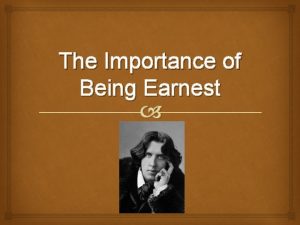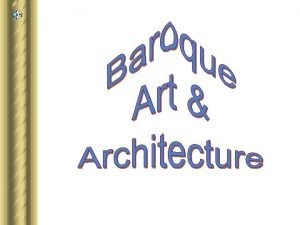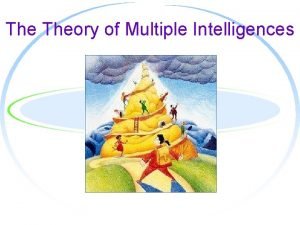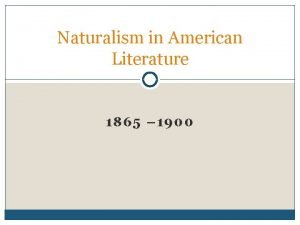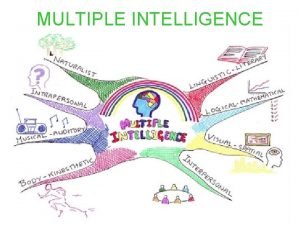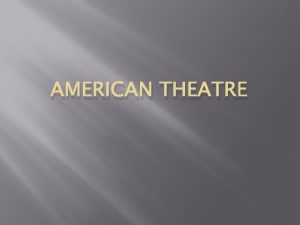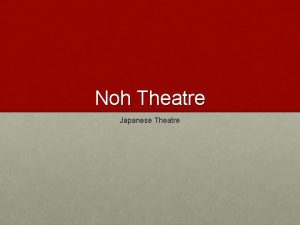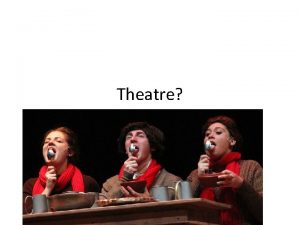Naturalist Theatre What is Naturalist Theatre Portrays accurate







- Slides: 7

Naturalist Theatre

What is Naturalist Theatre? Portrays accurate depictions of ordinary people in plausible situations Movement in the late 19 th century Rejecting traditional conventions of drama

Continued Naturalism is a movement in European drama and theatre that developed in the late 19 th and early 20 th centuries. It refers to theatre that attempts to create a perfect illusion of reality through a range of dramatic and theatrical strategies: detailed, three-dimensional settings (which bring Darwinian understandings of the determining role of the environment into the staging of human drama); everyday speech forms (prose over poetry); a secular world-view (no ghosts, spirits or gods intervening in the human action); an exclusive focus on subjects that are contemporary and indigenous (no exotic, otherworldly or fantastic locales, nor historical or mythic time-periods); an extension of the social range of characters portrayed (away from the aristocrats of classical drama, towards bourgeois and eventually working-class protagonists); and a style of acting that attempts to recreate the impression of reality (often by seeking complete identification with the role, understood in terms of its 'given circumstances', which, again, transcribe Darwinian motifs into performance, as advocated by Stanislavski). [2] Naturalistic role play is used within theatrical performances to demonstrate to the audience or show the audience how this would appear in real life.

Key components of Naturalism ● ● ● ● ● stage time equals real time – eg. three hours in theatre equals three hours for the characters in the world of the play costumes, sets and props are historically accurate and very detailed, attempting to offer a photographic reproduction of reality (‘slice of life’) settings for naturalistic dramas are often bland ordinary naturalistic dramas normally follow rules set out by the Greek philosopher Aristotle, known as ‘the three unities’ (of time, place and action) the action of the play takes place in a single location over the time frame of a single day jumps in time and/or place between acts or scenes is not allowed naturalism explores the concept of scientific determinism (spawning from Charles Darwin’s theory of evolution) – characters in the play are shaped by their circumstances and controlled by external forces such as hereditary or their social and economic environment often characters in naturalistic plays are considered victims of their own circumstance and this is why they behave in certain ways (they are seen as helpless products of their environment) characters are often working class/lower class (as opposed to the mostly middle class characters of realistic dramas) naturalistic plays regularly explore sordid subject matter previously considered taboo on the stage in any serious manner (eg suicide, poverty, prostitution)

Social Drama Social drama is an eruption from the level surface of ongoing social life, with its interactions, transactions, reciprocities, its customs making for regular, orderly sequences of behavior i. e. when one member of the community breaks a rule sides are taken for or against the rule breaker; repairs—formal or informal— are enacted; and if the repairs work, the group returns to normal, but if the repairs fail, the group breaks apart.

Examples of Naturalistic Theatre ● ● Miss Julie Creditors A Doll's House Ghosts

Video examples http: //www. youtube. com/watch? v=f 0 t-l. Ra-j 1 c
